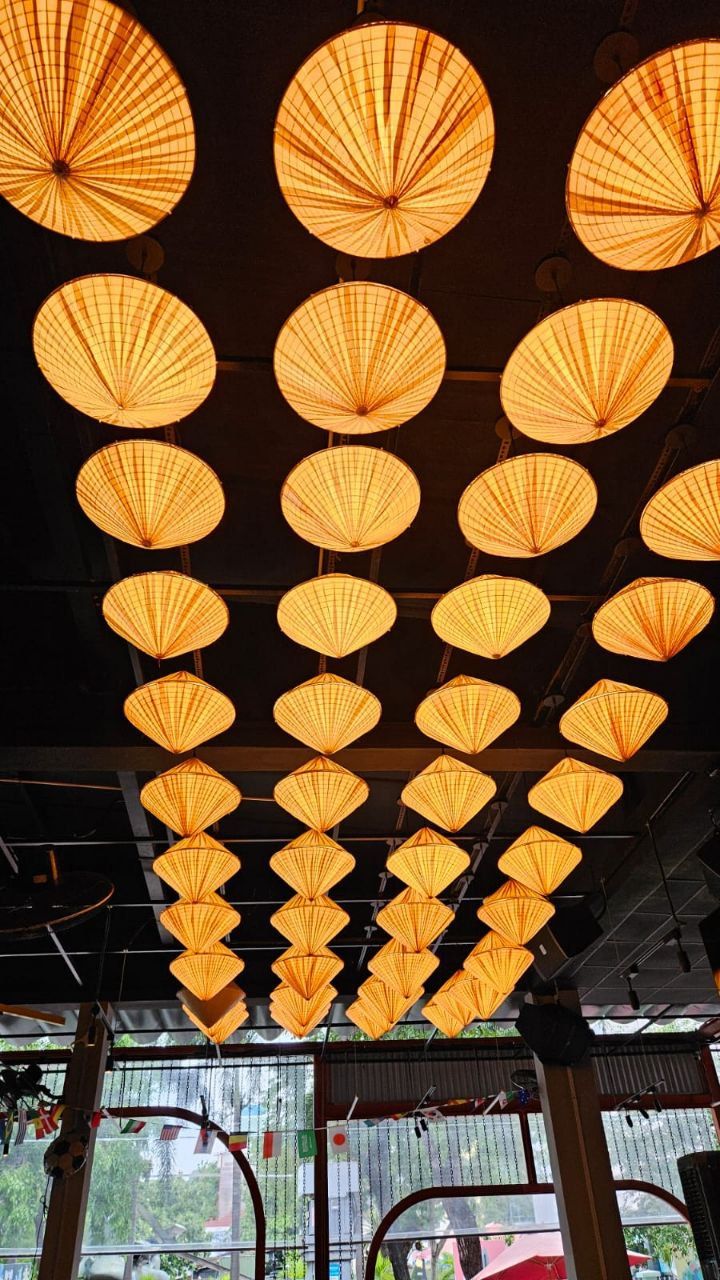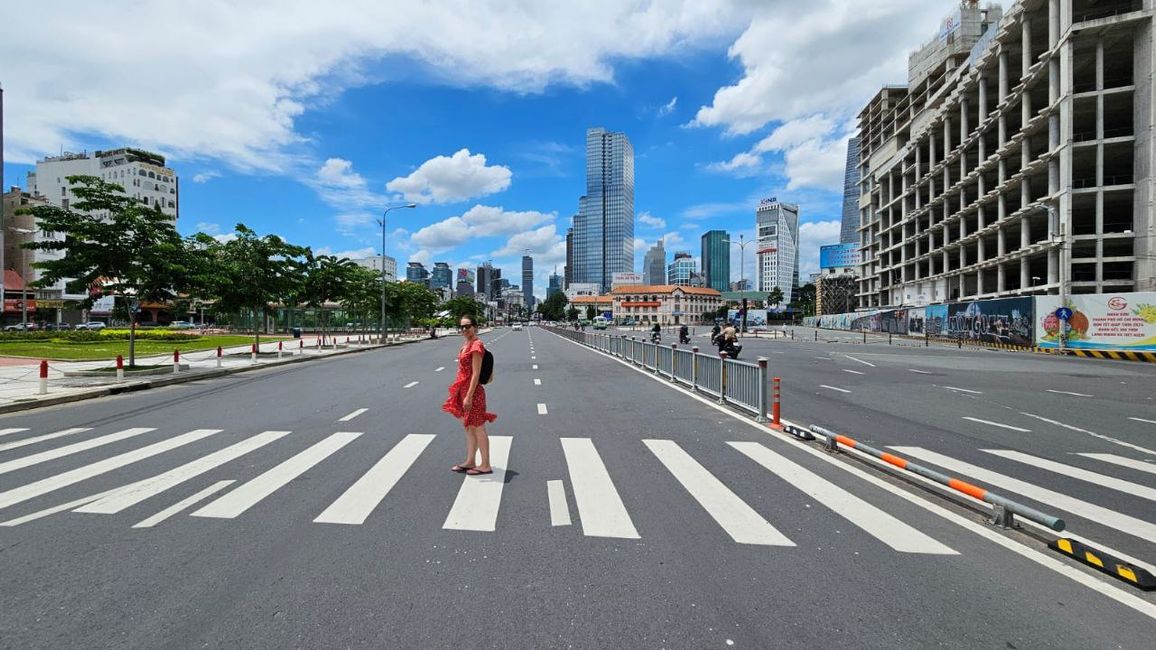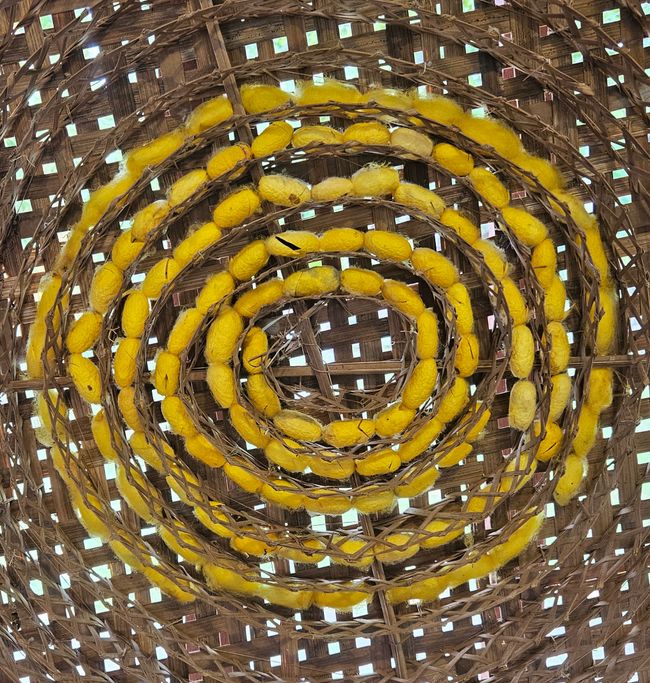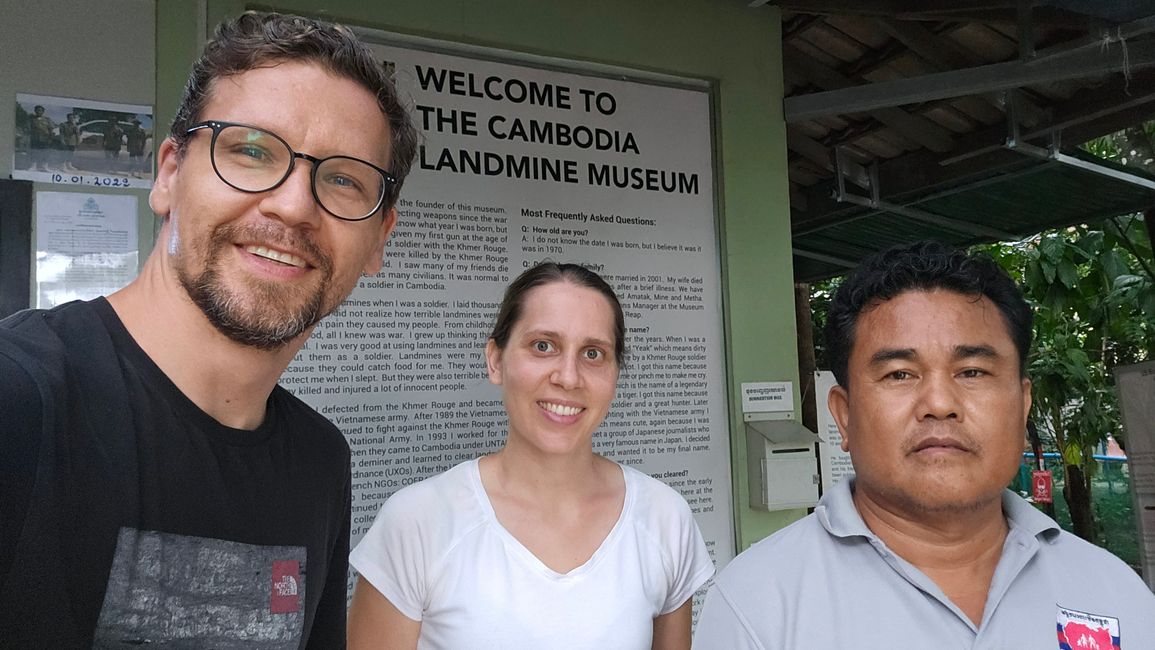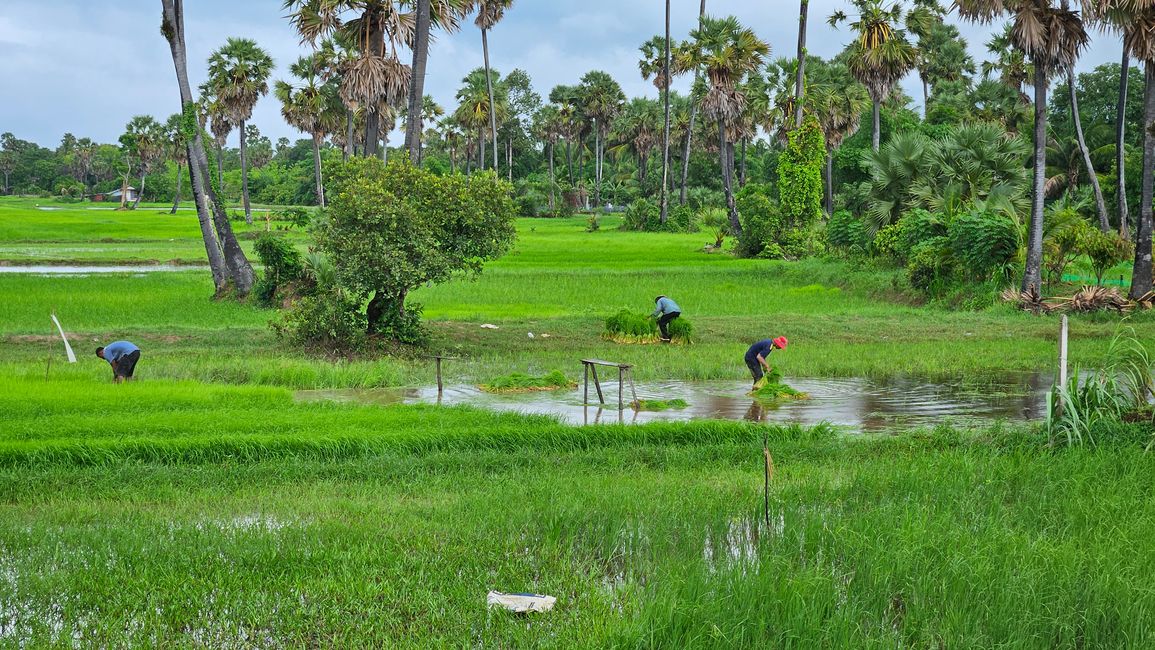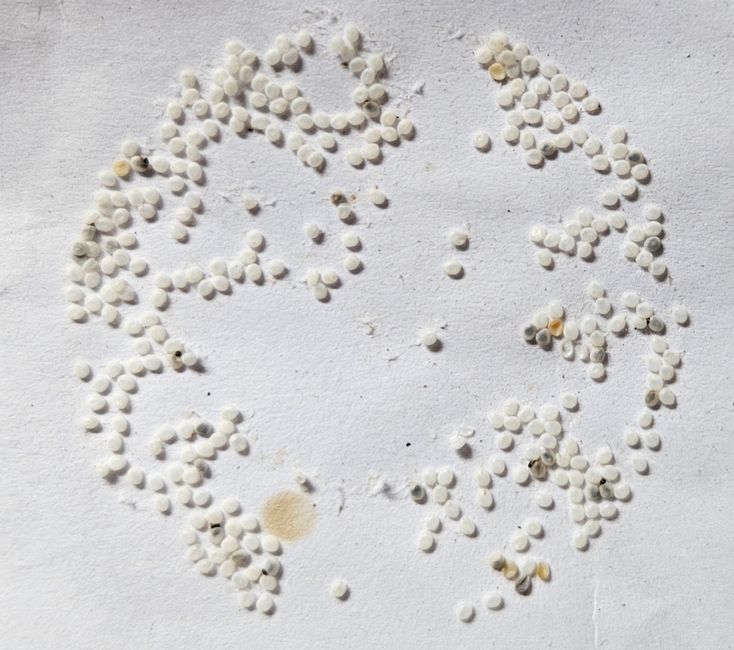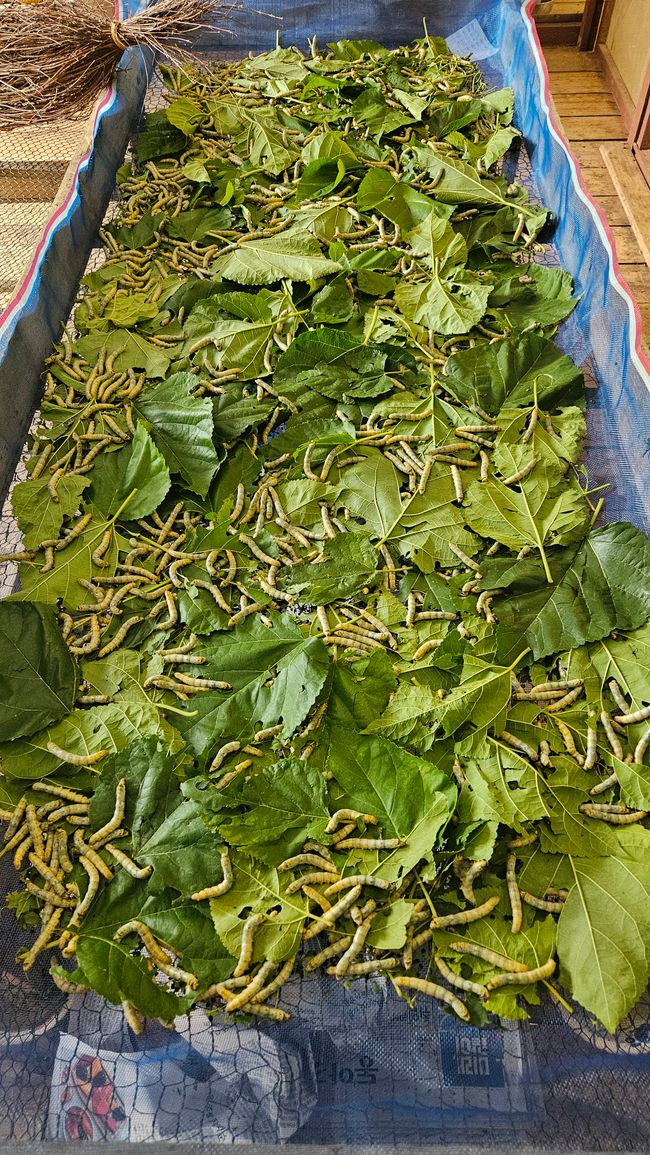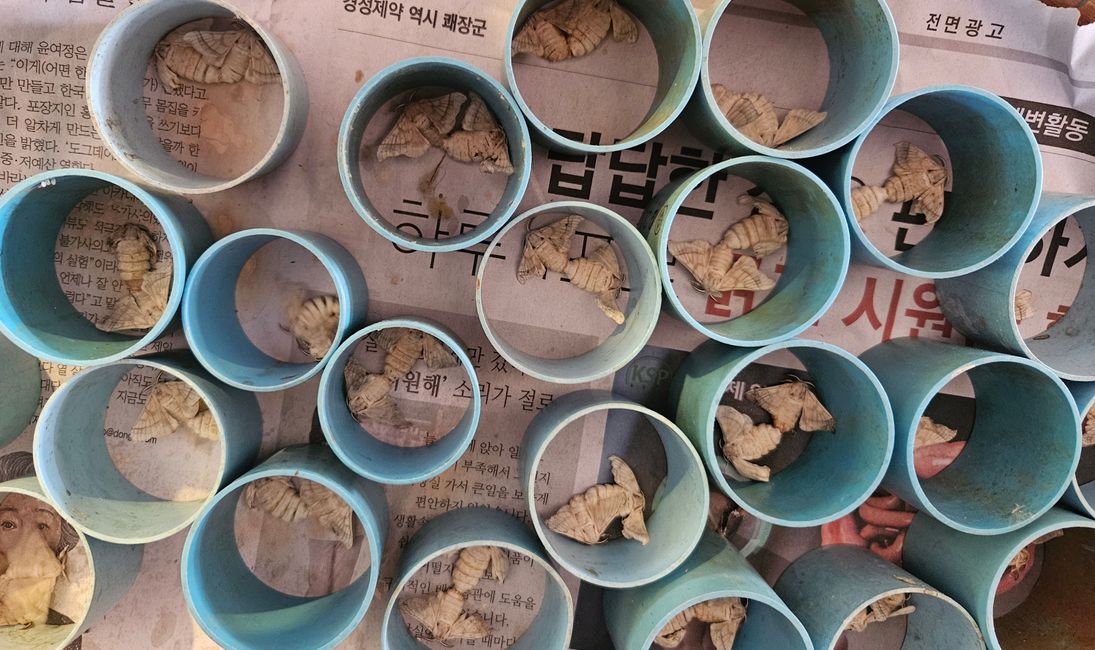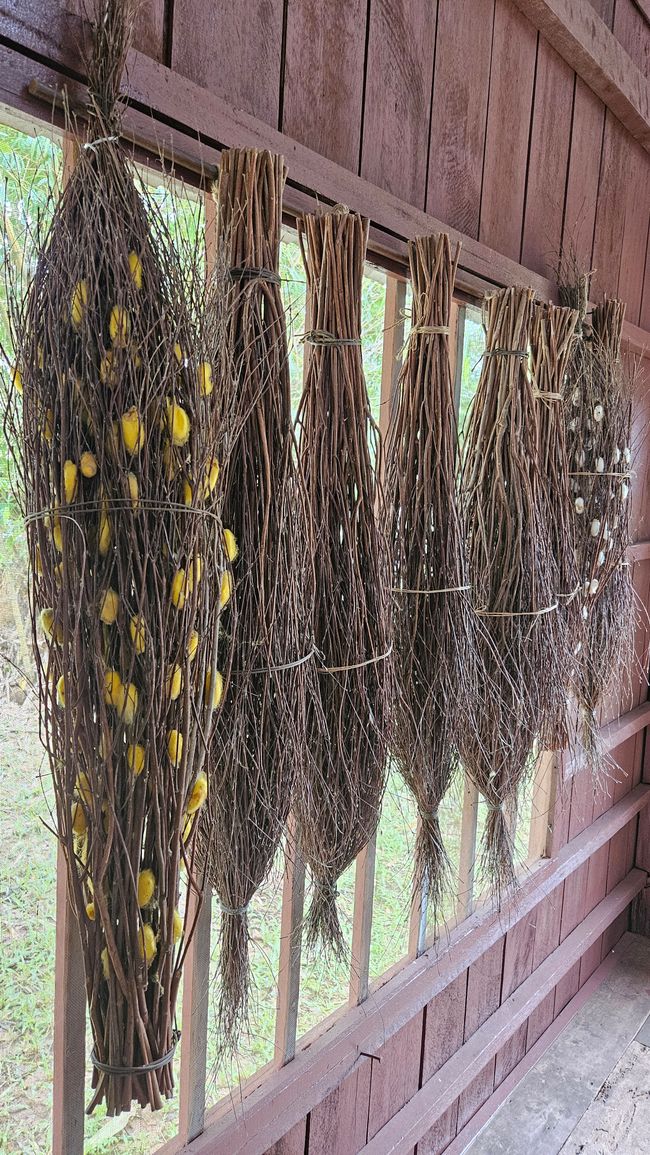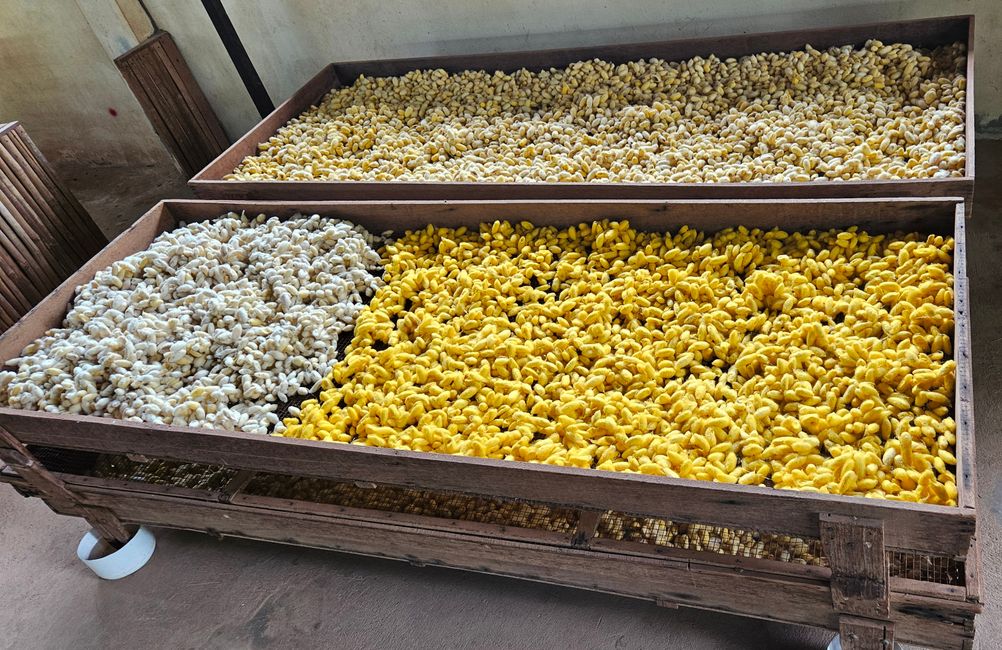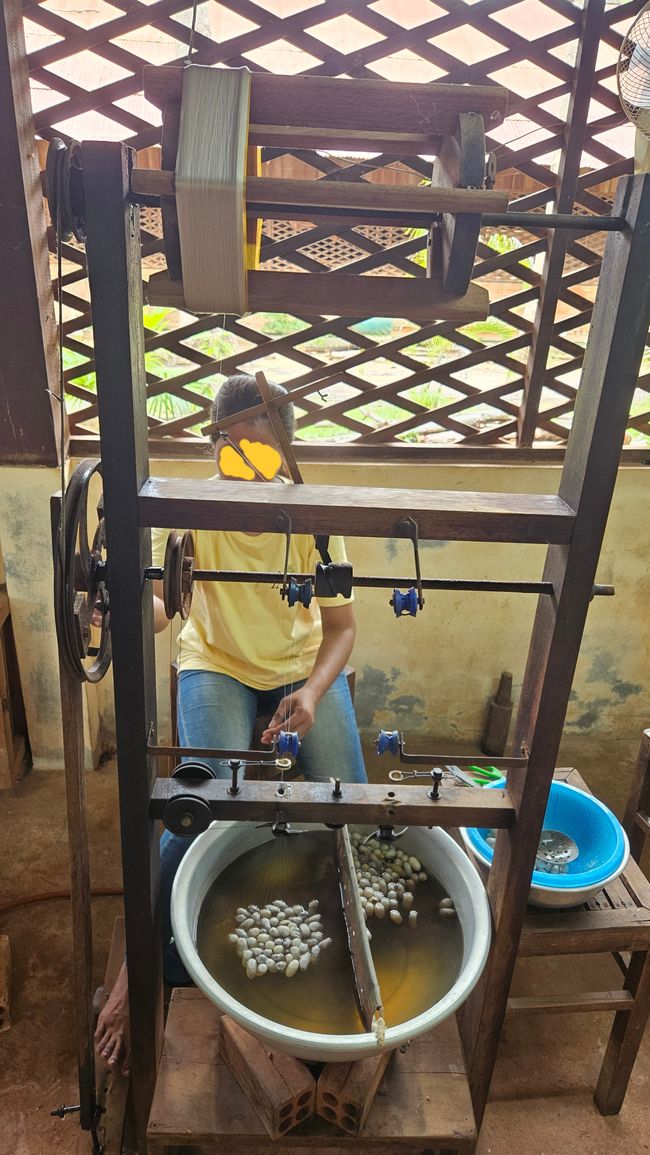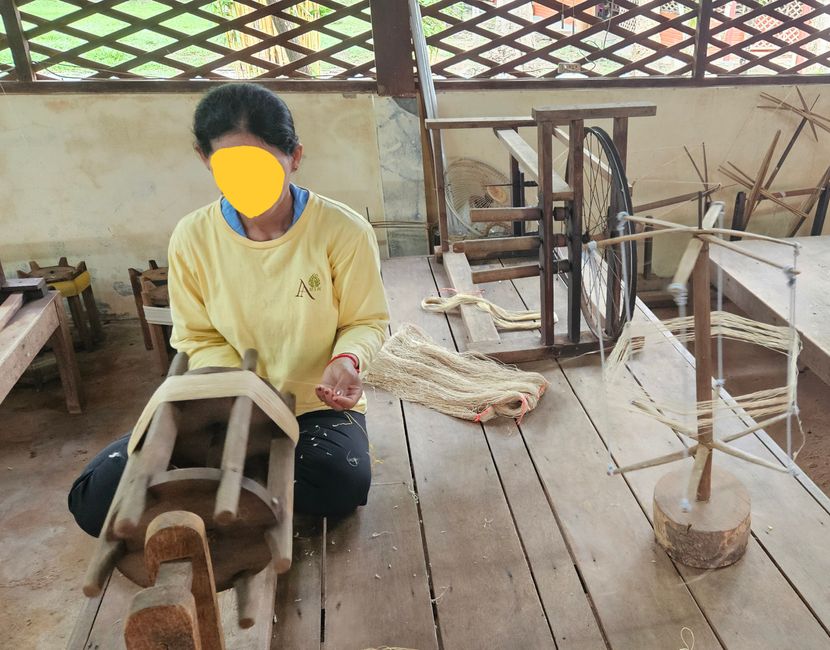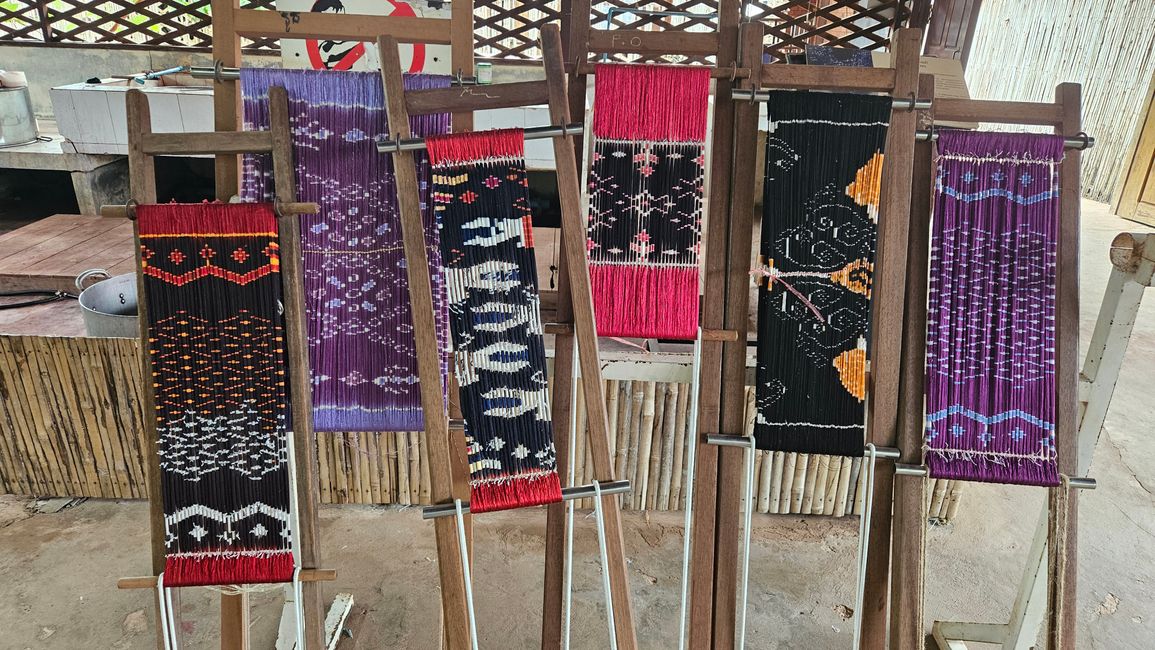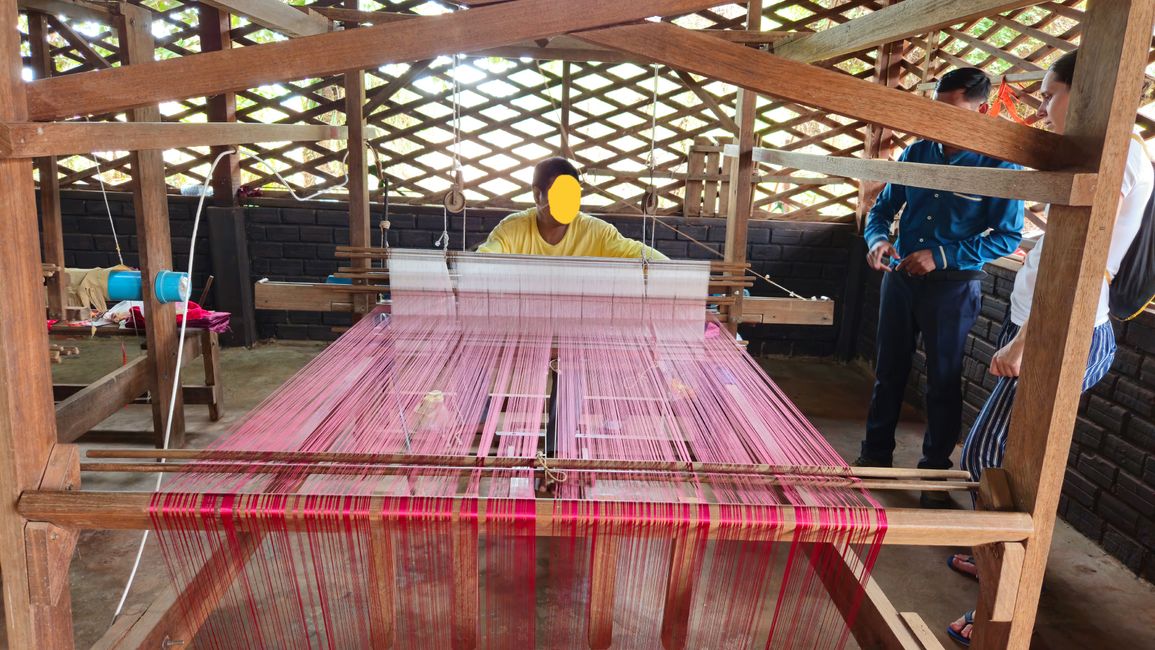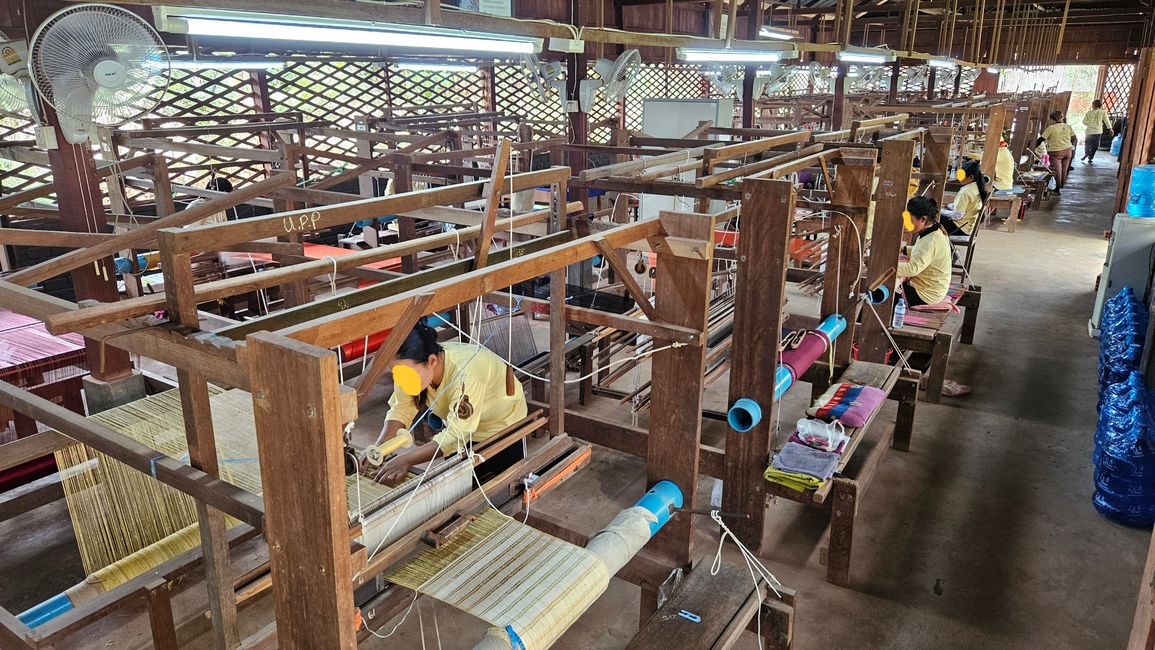Siem Reap
Published: 30.07.2024
Subscribe to Newsletter
This was unfortunately our last stop in Cambodia. I would have also been very interested in the Cardamom Mountains and the temples of Koh Ker. However, the Cardamom Mountains are virtually inaccessible to tourists during the rainy season. On one hand, Koh Ker is a high-risk area for malaria and, on the other hand, one must expect to encounter mines and unexploded ordnance off the beaten path and possibly even within the temples. We didn't want to challenge our fate that much.
In Siem Reap itself, there is not much to see; the city is more of a springboard to visit the temples of Angkor. That was our plan as well, but after two days we needed a little temple break and went to the Landmine Museum and a silk farm instead.
The Landmine Museum was opened almost 30 years ago by Aki Ra, a former child soldier and mine layer of the Khmer Rouge, to show the world what landmines have done in his homeland. After returning to his hometown after years of fighting, he started to deactivate mines and unexploded ordnance there and has been raising awareness about landmines and unexploded ordnance since 2007 through his museum and various other projects. Additionally, Aki Ra, with his NGO Cambodian Self-Help Demining, has already de-mined over 9 million square meters of land and estimates that he himself has already deactivated over 50,000 mines, as he says he has something to make up for. We were lucky to have a brief conversation with him.
The silk farm is a less serious topic than the Landmine Museum, as silk and silk products are (only) produced here. Nonetheless, we were lucky as the farm had just reopened fresh on July 1st after a long renovation phase. During a tour, we were shown the individual steps from the silk worm larva, through spinning the yarn and dyeing the thread, to the finished scarf, shirt, or dress. Here, every single step is done by hand, mainly by women from the surrounding villages. It's incredible what effort this requires (even though some steps could be done by machines). But of course: it creates jobs and the traditional methods are not forgotten.
Subscribe to Newsletter
Answer
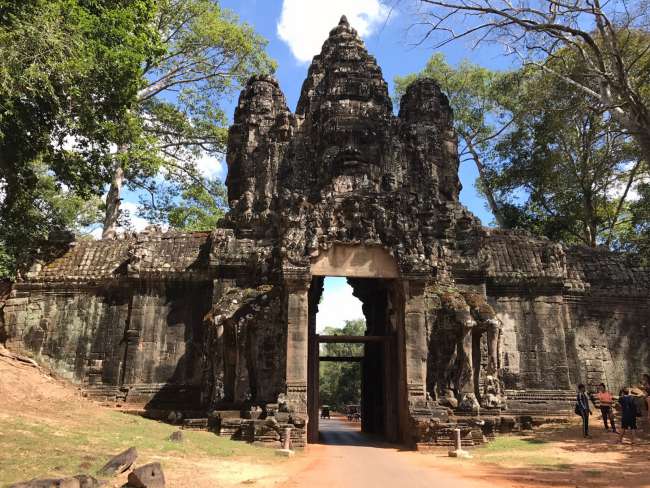
Travel reports Cambodia
